Hunting through antique shops and flea markets looking for authentic Bohemian vases is a challenge that I eagerly take on. The talented glass makers who created these beautiful glass vases didn't believe in signing their names, nor did they use marks of any kinds.
I have spent hours in libraries pouring over books to learn what a Bohemian glass vase looks like. It is quite different to see a vase in a book than on the shelf in an antique store. These experts spend hundreds of pages describing the difference between a Loetz and a Kralik.
Many of them have been to Bohemia and visited the small museums that dot the Bohemian landscape. Each village or factory seems to have one. The antique vases are often donated by descendants of the glass makers. In the murky world of art and collectibles, this is probably the best authentication possible.
The story of antique Kralik glass spans the period 1815 until World War II. It involves many generations of the Kralik family and the Boehemian art world.


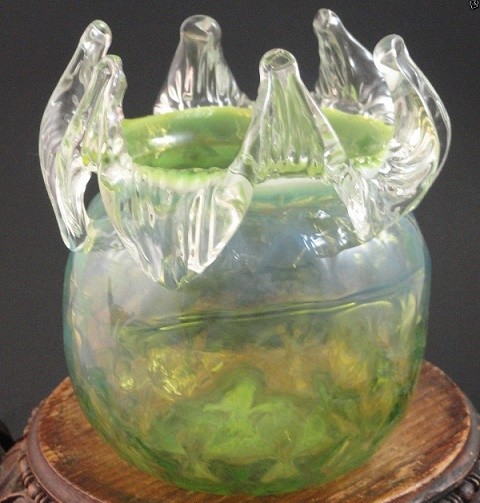
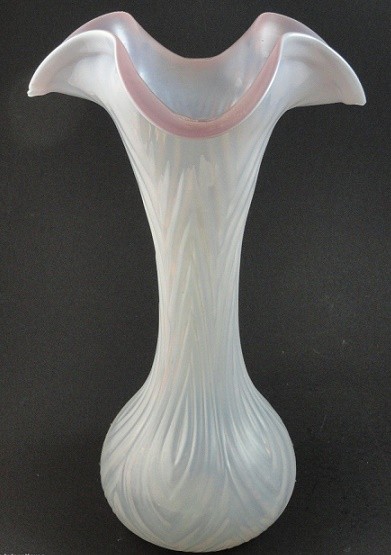
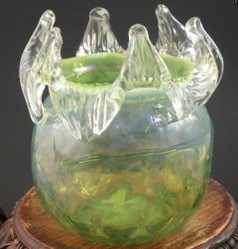

 Catholic Wedding Invitationson 02/17/2016
Catholic Wedding Invitationson 02/17/2016
 Christian Wedding Invitations Decorated with a Crosson 02/14/2016
Christian Wedding Invitations Decorated with a Crosson 02/14/2016
 Small Biker Patches Make Great Stocking Stufferson 11/15/2015
Small Biker Patches Make Great Stocking Stufferson 11/15/2015
 Hawaiian Wedding Invitations - Beautiful and Budget-Friendlyon 08/24/2015
Hawaiian Wedding Invitations - Beautiful and Budget-Friendlyon 08/24/2015
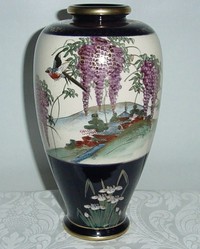
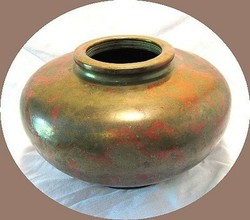
Comments
I love dusty old antique shops though and the stories that the shop owners have to tell.
These are treasures. Finding them online is much easier than scouring antique shops.